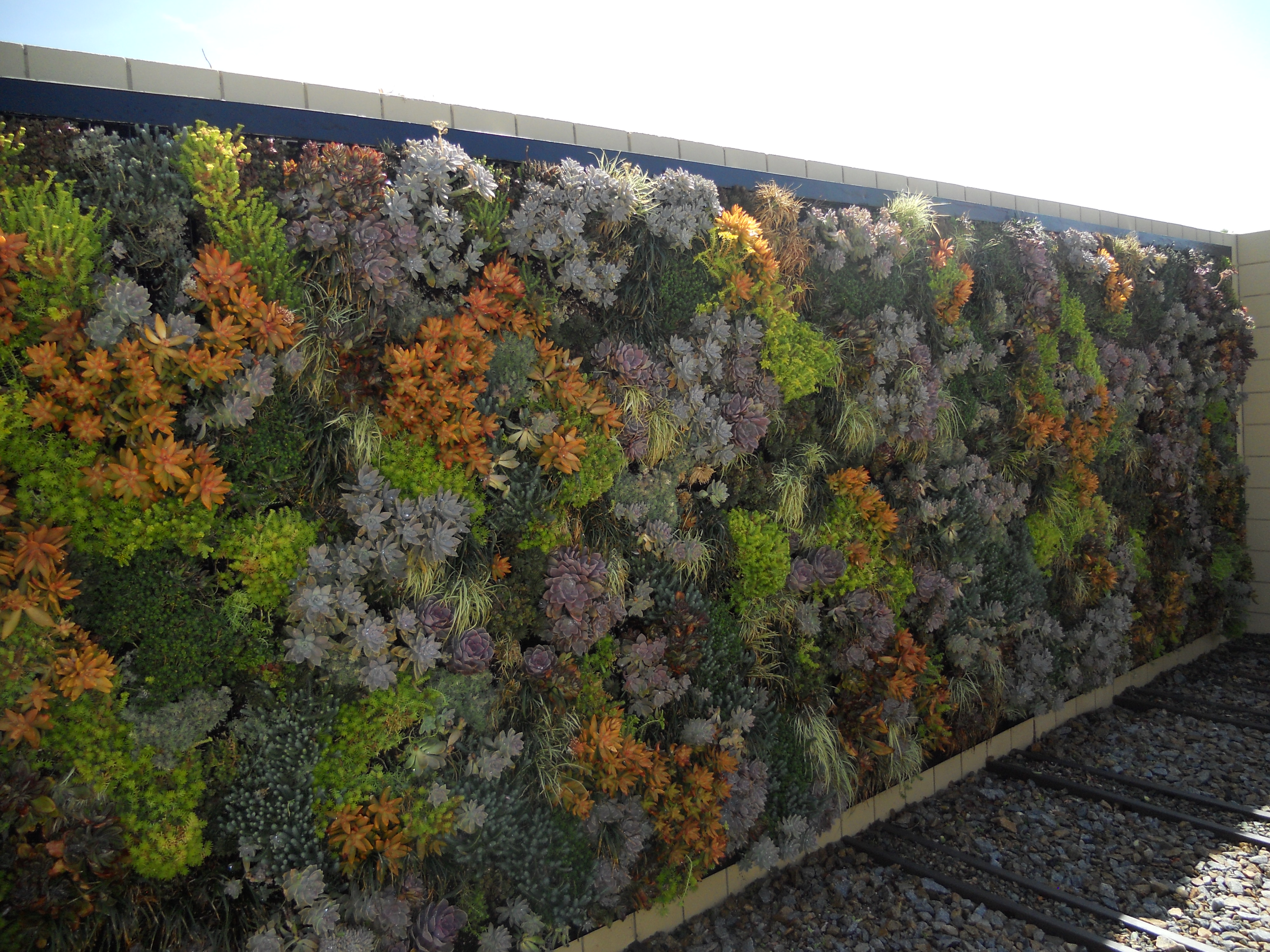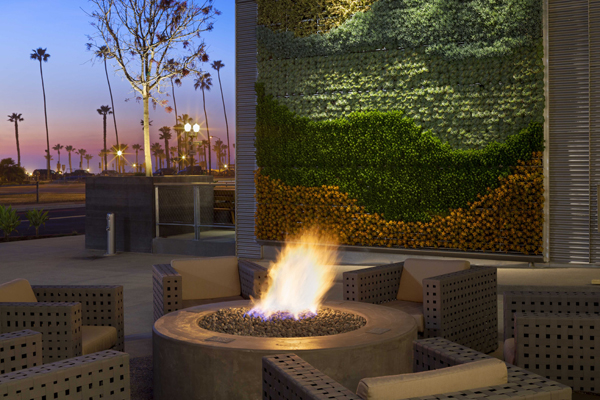“Oh man, do we need it!” This is the sentence muttered by every San Diegan when discussing the topic of rain. This is California’s third consecutive dry year, and things are not looking bright for the future.
We wrote about this issue in January, and here we are again because the conditions have yet to improve.
In 2010, California put in a place a goal to have residents cut their water use by 20 percent by 2020. Many of you may be wondering, ‘How will I do this and not let all my plants die in the process?’ Good Earth Plant Company has four water saving tips for plant lovers.
1. Be aware of your watering habits: The time of day you water your plants is crucial as well as how much water you actually use and need. Your landscaping should be watered in the morning to keep moisture from evaporating too quickly before your plants absorb it and gives them moisture to help survive the heat of the day. But container plants whether indoors or outdoors should be watered after 12 noon; research shows they grow stronger with late watering.
2. Use “drought tolerant” plants: Be sure you know the difference between “drought tolerant” and “low water use.” Low water use plants still need regular watering. There are many beautiful drought tolerant plants that can survive the heat with little water. They aren’t all cacti and succulents. Think native plants, and plants from similar climates in other parts of the world such as the Mediterranean region.
When we design living walls and green roofs, we look toward drought tolerant plants first. As a result, many of our living walls contain these water saving plants. They look beautiful and save our clients water and ultimately money!
3. Recycle your water: There are multiple ways to capture and reuse water. For instance, you could:
- Water your plants with the water you used to boil your vegetables or pasta.
- Have the water from your washing machine pumped into your garden.
- Use a gray water system to pump shower water into your garden.
- While waiting for your shower water to heat up, use a bucket to capture cold water.
4. Incorporate some “permanent botanical replicas” amongst your live plants:
If you like the look of a plant that has high water usage, a replica may be the way to go. However, there is some give and take when it comes to these artificial plants. They can become bleached by the sun, they begin to droop from gravity over time, and they need to be cleaned regularly.
If you’re thinking, ‘I don’t want cheap looking fake plants,’ we don’t blame you. The quality of replica plants has seriously improved over the years. Good Earth Plants now offers UV protected replica plants that can even endure being outside in the sun. Artificial turf has gotten a lot more realistic too.
In California, homeowners associations cannot require you to maintain a lawn, cannot prohibit you from replacing your real turf with artificial turf, or stop you from having no grass at all in your landscaping.
To learn more about gray water systems or how Good Earth Plants can take care of your plants to help you save water, get in touch with us at info@goodearthplants.com or call 858-576-9300.



